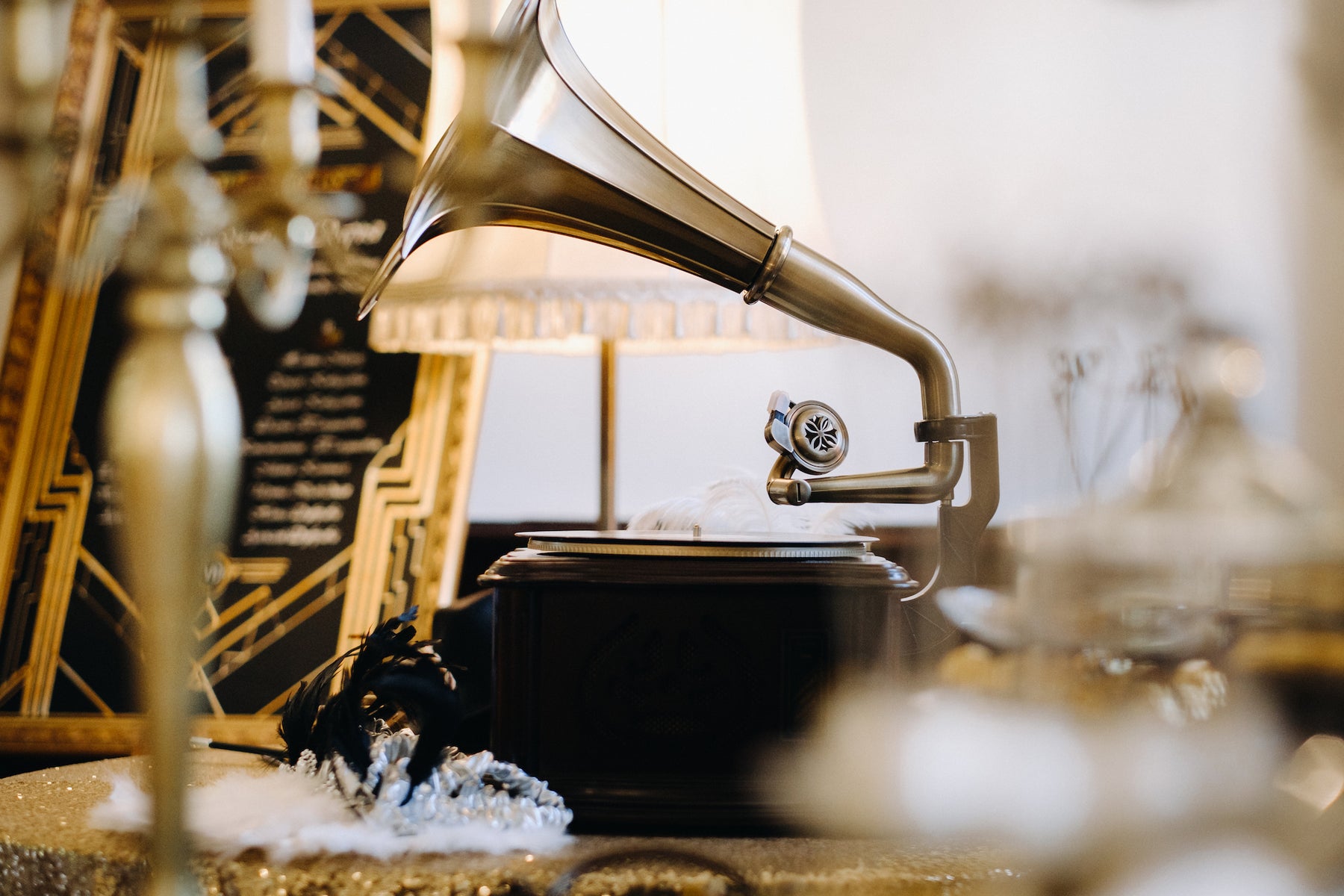
10 Fun Facts About Gramophone
-
-
Phonograph was the base for many inventions

Thomas Edison invented numerous things, but his favourite was the phonograph. Edison discovered a way to record sound on tinfoil-coated cylinders while working on improvements to the telegraph and telephone. He invented the machine with two needles, one for recording and one for playback, in 1877. The sound vibrations of Edison's voice would be indented onto the cylinder by the recording needle when he spoke into the mouthpiece.
Also Read: Gramophone Vs. Phonograph
-
First recorded song – Mary Had A Little Lamb

The first words Edison recorded on the phonograph were "Mary had a little lamb," and he was amazed when he heard the machine play them back to him. Edison founded the Edison Speaking Phonograph Company in 1878 to sell the new machine.
Other uses for the phonograph were suggested by Edison, including letter-writing and dictation, phonographic books for blind people, a family records (recording family members in their voices), music boxes and toys, clocks that announce the time, and a connection with the telephone to record communications. How many of these applications are still in use today?
-
Edison wasn’t the real inventor of gramophone.

In 1877, Thomas Edison sought to create the first music recording and playing system. His device was dubbed the "phonograph," and it worked by recording sounds on circular cylinders. However, the production quality was subpar, and each tape could only be played once.
Improving Edison’s design, Emile Berliner patented the first practical sound recorder in 1887, which he dubbed the phonograph. Unlike the previous two attempts, the phonograph did not employ cylinders, instead opting for flat glass records. A tiny groove was scratched into the round surface of the discs during recording. These grooves could then be inserted beneath the arm of the gramophone, where a needle would read the sound vibrations and send them to the speaker.
Finally, using a Gramophone, mass-production of records was conceivable, and one recording resulted in multiple discs. Berliner founded the United States Gramophone Company in 1894, recoding and manufacturing hundreds of records each year.
-
The gramophone needle does the wonders

The gramophone's little needle, like your current stylus, is attached to the groove that corresponds to your headshell. The needle is then connected to the diaphragm, which is now your platter, and the diaphragm is then connected to the horn or pre-amps.
The needle that plays the record or disc is this one. For the listener, it reads the music or sound. The playback device on early models was a sapphire or diamond. Instead, copper and steel were introduced in the early 1900s.
-
Vinyl records are still the biggest collectibles.

Music lovers claim that the sound of music on record players is better than on MP3 players. The sound quality to the authenticity of vinyl is preferred by many.
Vinyl records can be expensive, but the price was never a problem for music enthusiasts. You can still see people with vinyl collections.
Some people claim vinyl records to be a hustle, requiring high-quality care. While there are so many people who do not mind this extra effort.
The market for gramophones and turntables is too very specific since it is vintage, and the fans are peculiar as well. Collecting record players is vintage as well but still done.
-
Vinyl Sales Increased to $1 Billion Last Year

Vinyl records are still having a moment.
According to the Recording Industry Association of America (RIAA), its sales increased by 61 percent last year to $1 billion, the highest level since 1986.
At the same time, compact disc sales increased by 21% to $584 million, the first year-over-year increase since 2004, according to the report.
The revival of retro music is a result of growing nostalgia for older formats and the distinct sound quality of vinyl.
Sound files are typically "compressed" by digital streaming services like Spotify and digital music formats like MP3s to reduce their size and make them more consumer-friendly. However, as rock legend Neil Young has long complained, compression reduces audio quality.
However, as The New York Times reported, record labels have struggled to produce enough vinyl records to meet demand due to a limited number of pressing plants and ageing machinery. As a result, brand-new vinyl records are frequently prohibitively expensive.
Despite the continued popularity of vinyl, streaming music continues to dominate the music industry. Streaming generated $12.4 billion in revenue in 2021, accounting for 83 percent of the music industry's total recording revenue of $15 billion for the year. Streaming includes music services like Spotify and Apple Music, as well as music licensing for fitness and other apps like TikTok.
The RIAA's most recent report includes music revenue from TikTok's U.S. operations for the first time. However, the organization did not provide a specific music revenue figure from the service.
-
Here is what happens when you put gramophone under microscope.
A small needle, groove, diaphragm, and horn were all part of the original gramophones. The gramophone's little needle, like your current stylus, is attached to the groove that corresponds to your headshell.
The needle is then connected to the diaphragm, which is now your platter, and the diaphragm is then connected to the horn or pre-amps. The diaphragm movements will elicit the recorded sound in the single records.
The sound is created solely by vibrations and does not require any electrical setups. The gramophone would store sound in reverse by playing music with the horn, and the sounds would be consolidated in the diaphragm.
You can see the needle making waves as it moves to create vibrations under the microscope. Proper setup and lighting are required for such an experiment.
When you look closely at record grooves, such as at 1000x magnification, you can see the music's waveforms.
-
Vinyl records lasts up to 1000 years.

How long will a vinyl record last? It's a common question with a shaky answer. The difficulty in answering this question stems from the fact that numerous factors influence their longevity.
How frequently is the record played? To begin with, what is the quality of the record? How well is it looked after? These are the types of questions that must be asked to conclude.
Some argue that with proper use and care, records can last for more than a century. Others will say fewer words. If you're wondering how long it will take for records to decompose, it could be 1000 years or more.
However, the lifespan of a vinyl record is entirely dependent on how you treat it and how much you play it.
How to Extend the Life of Your Vinyl Records
Let's take a look at how to care for your vinyl records so they last longer.
- Your Recording Gear
In addition to the stylus and counterweight, the record player you use to spin your wax can affect record wear and tear. Make sure your tonearm has a counterweight and a good stylus if you want to keep your records spinning for years.
- Keep Your Records Clean
I can't emphasize this enough. KEEPING YOUR RECORDS CLEAN WILL EXTEND THEIR LIFE. Dusty records will degrade faster. At the very least, give them a quick wipe or brush (or both) before and after each listens.
- Hot, Cold and Humid!
Don't store your records in extreme heat or cold, or areas with high humidity. I understand... They're starting to sound like gremlins with all the attention they require, but it will help!
Vinyl records begin to warp at around 60°C (140°F), so never leave them in a car if transporting on a hot day... or take them to the beach... On the other hand, if you keep them too cold, they will become brittle and will shatter much more easily. The ideal temperature for storing records is between 65° and 70° F.
If you live in a humid country, it will be even more difficult to keep them safe, but try to keep them at 45 to 50 percent humidity.
- Storing Your Records for Maximum Shelf-life
Shelving units are the best place to keep records. To avoid unnecessary pressure and the possibility of bending and warping, store them upright rather than on their side.
Always replace your records in their sleeves and store them safely; the less dust that comes into contact with your records, the longer they will last.
-
It’s the perfect gift for any music lover.

Music is an art form that has been loved by people from all walks of life. Music lovers claim that music was great back when there were record players. Gramophones can still be seen used by music lovers.
Music lovers describe the sound of the gramophone to be different and clear. You won’t know the difference unless you hear a real record. It is a sound unlike what you hear on your phone or speaker. It’s an experience one should expose to once in a while.
For all such music lovers, a gramophone is a perfect gift. And an affordable one at The Handmade Store.
Checkout our Antique Gramophone which makes a perfect gift. -
-
Makes a perfect home décor piece.

Music is an important part of culture and consumerism, and with the invention of the gramophone, sounds were combined with lyrics, resulting in a growth in the music industry and related professions such as sound engineering and musical artistry.
There were just a few prominent genres at the time the gramophone was invented, and jazz was one of them. As a result, the advent of the phonograph is seen as pivotal in the rise of jazz in American music history.
Also Read: Why do people love gramophone?
The gramophone is a vintage record player. Everyone loves vintages items as it gives them a sense of nostalgia. Vintage items have a story and a character that sparks curiosity amongst vintage lovers.
Gramophones are used as a piece of décor by vintage and music lovers. A statement piece that attracts your guests as it's so unique and very unlikely to see gramophones as a piece of decor today.





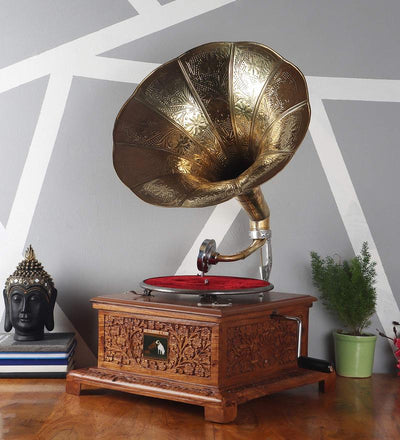
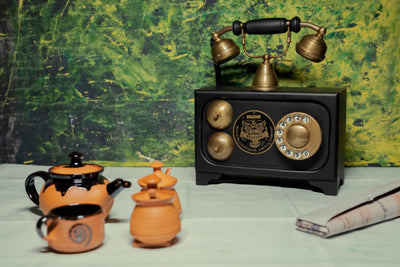
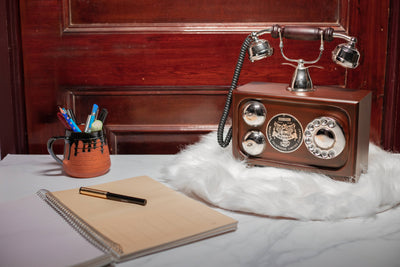
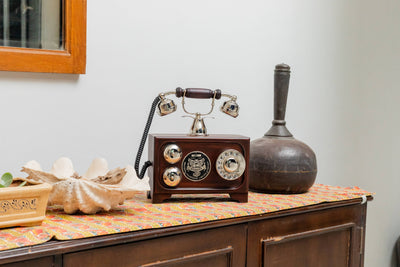
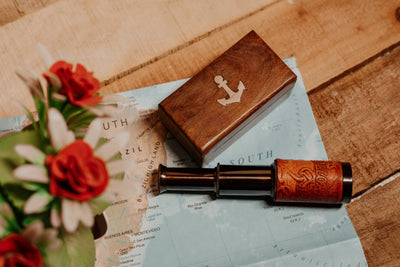
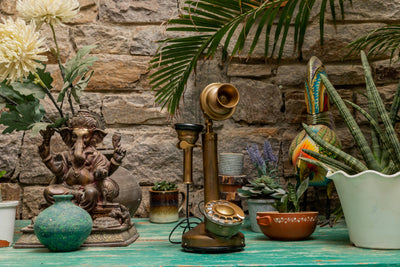
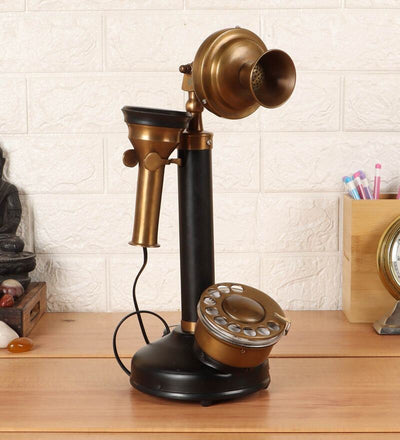
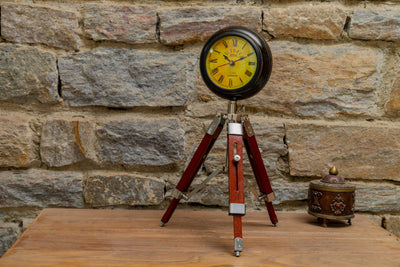

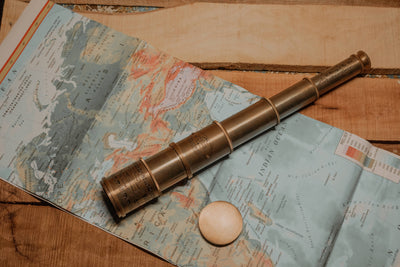
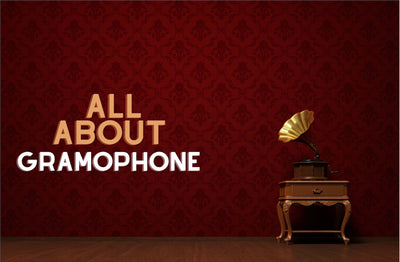


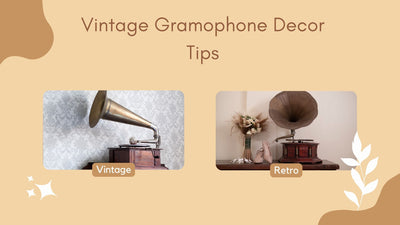



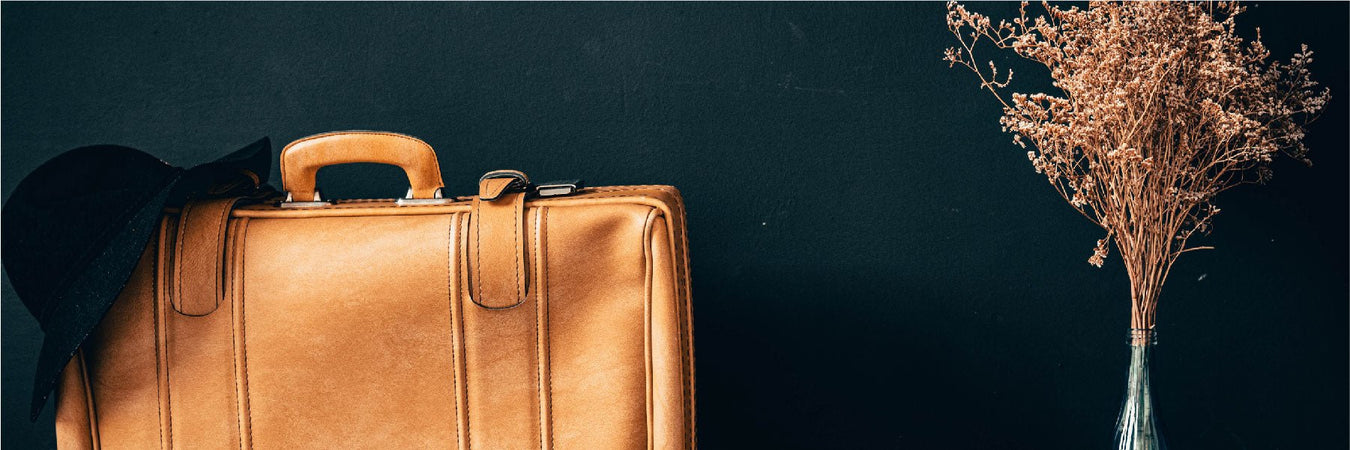
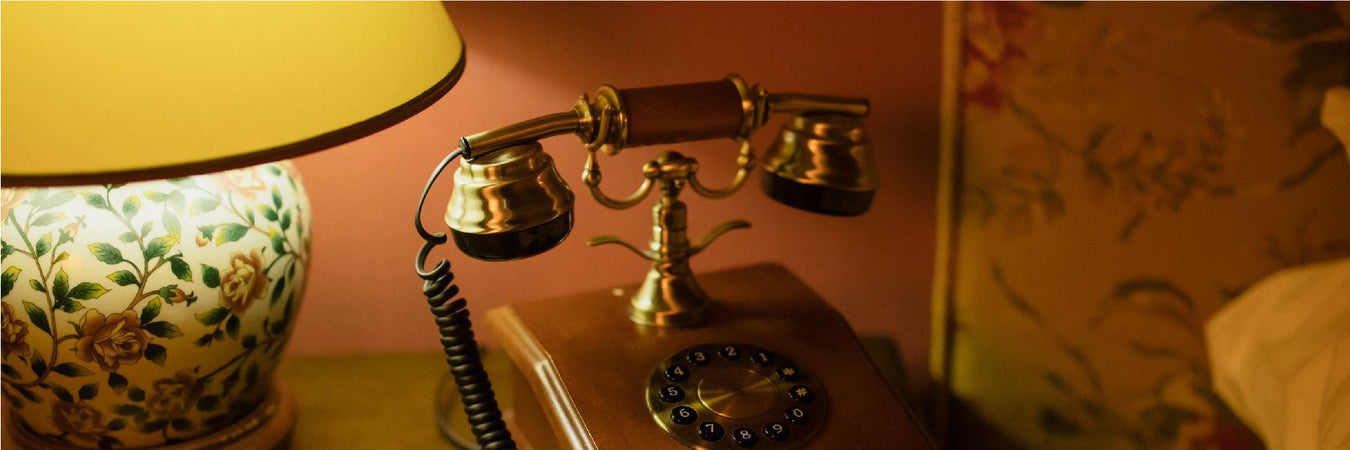
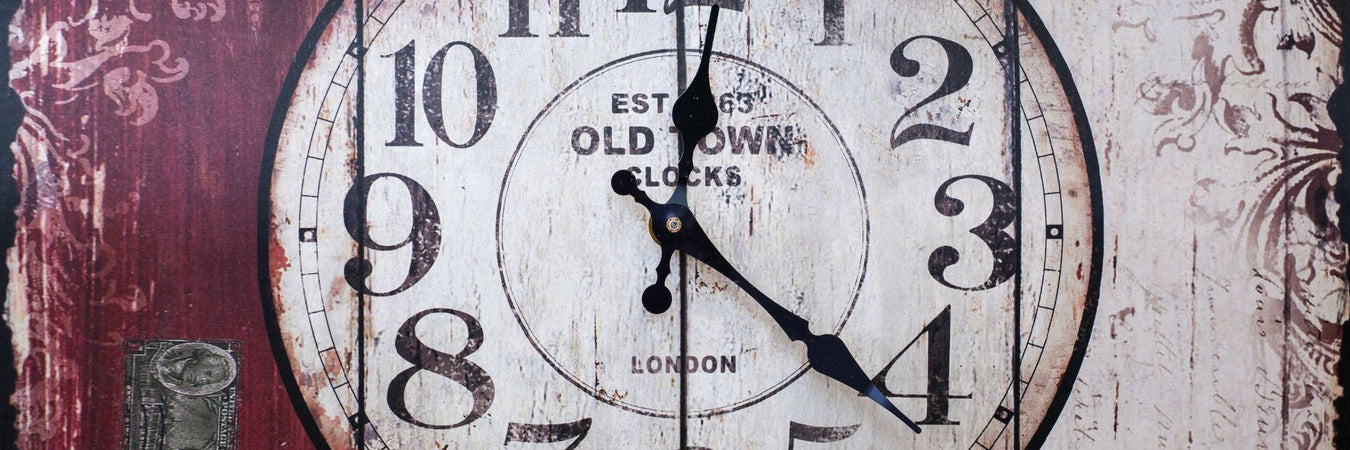
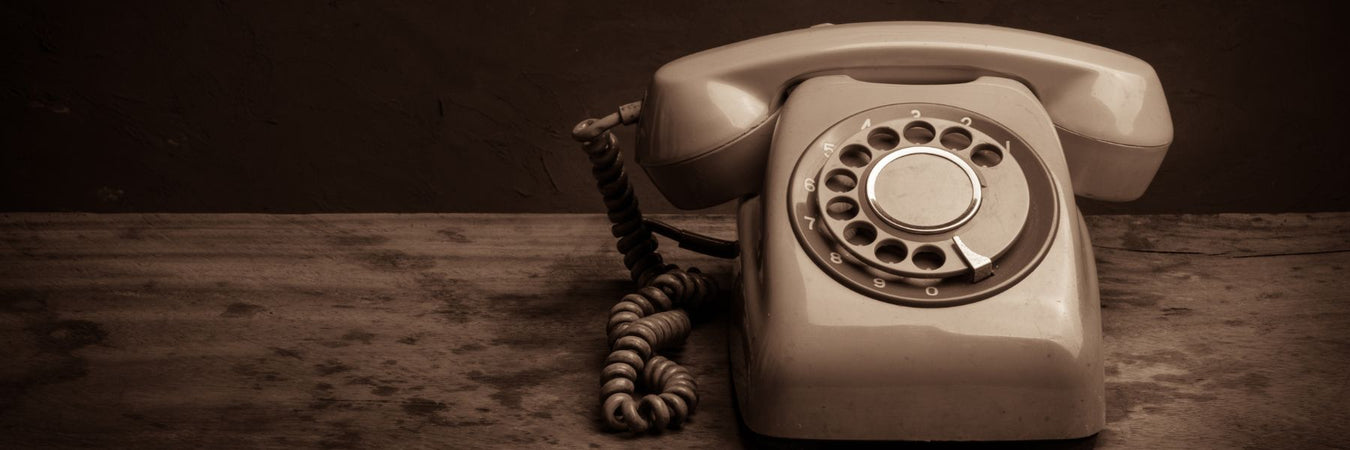
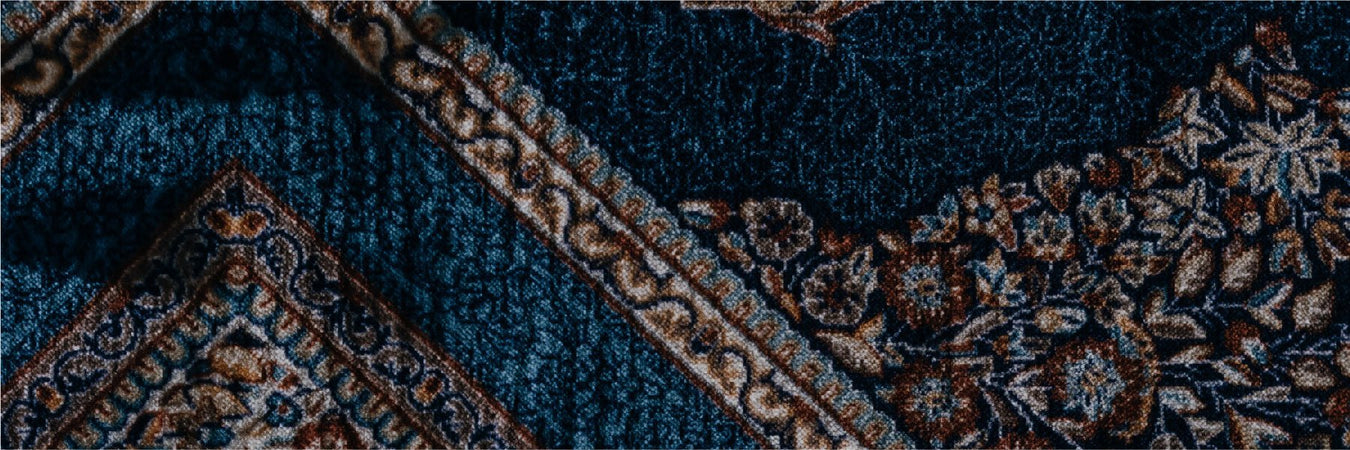
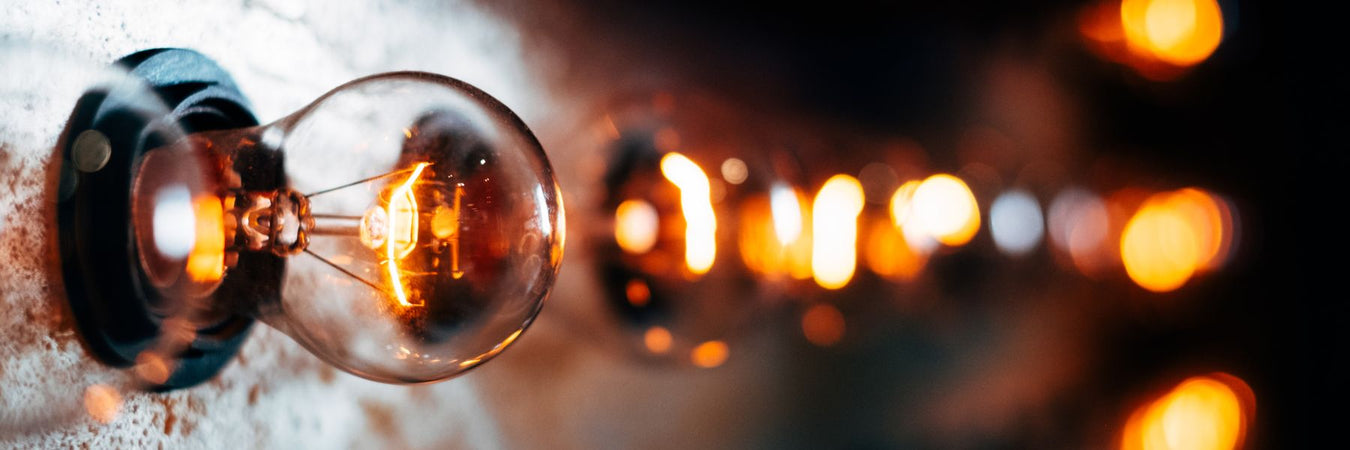
Leave a comment